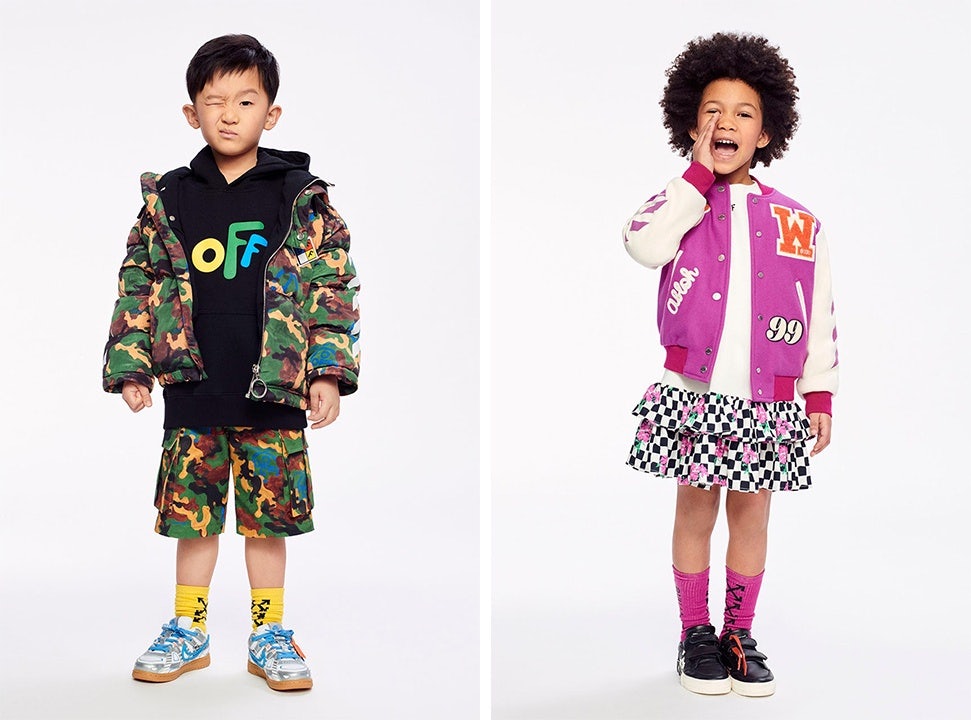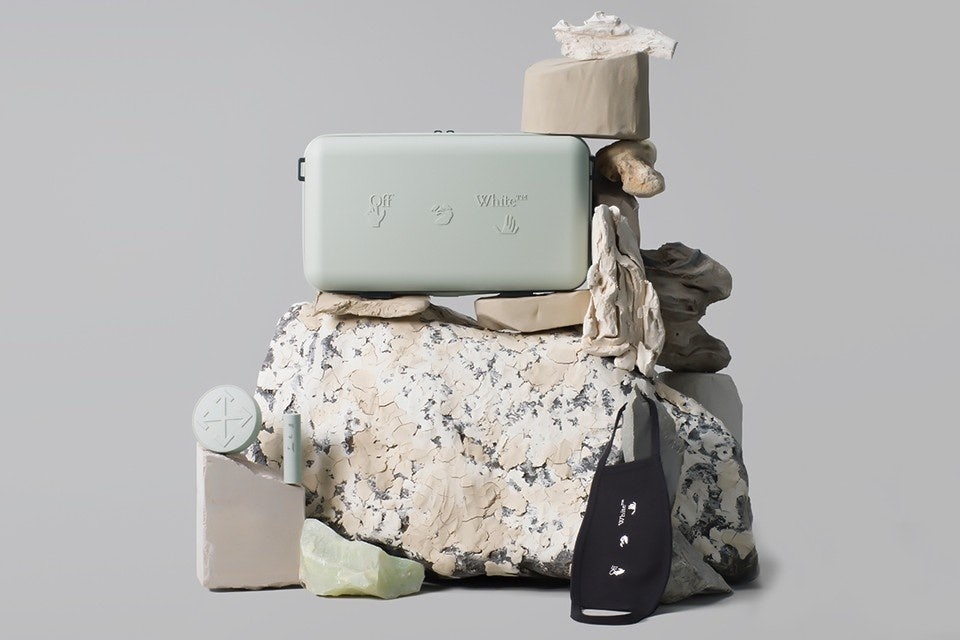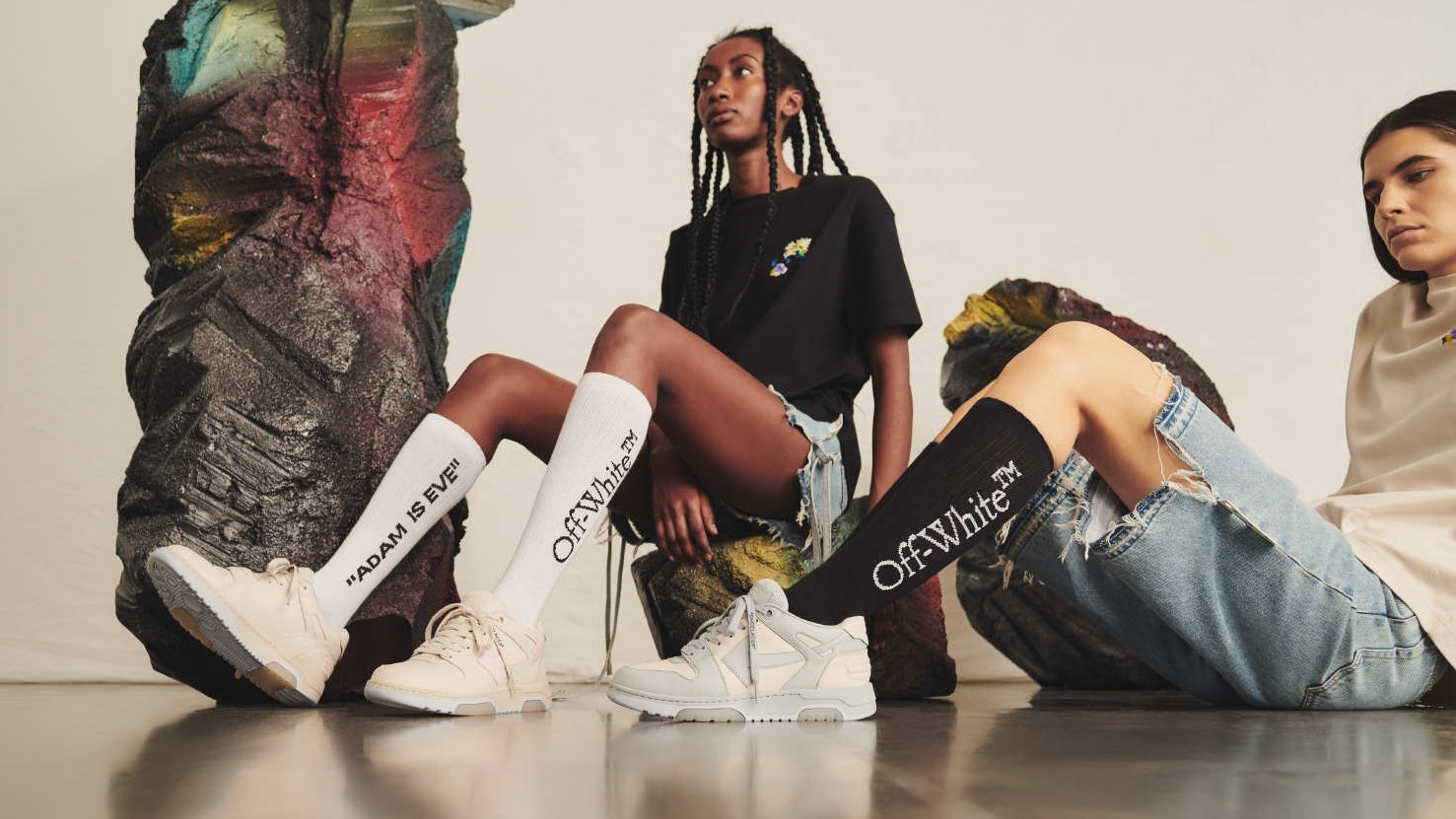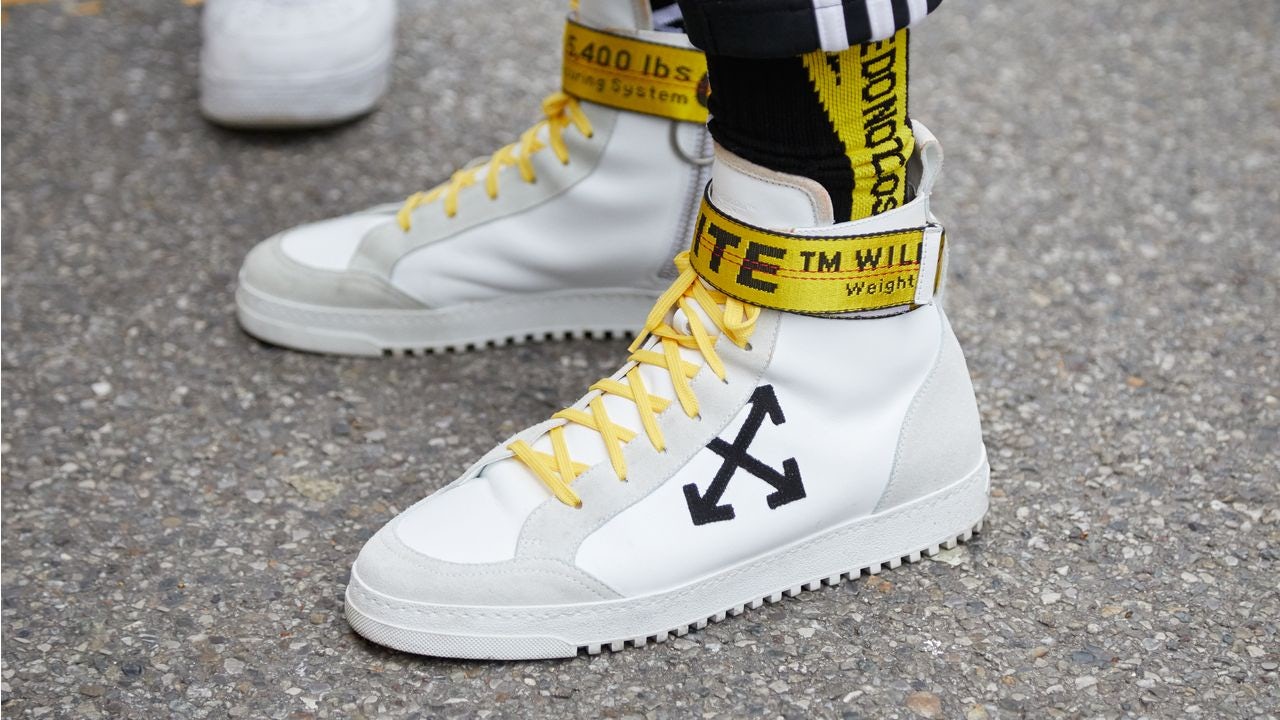Key Takeaways:#
In Q3 2018, Off-White was named the “hottest brand on the planet” by the Lyst Index and continued to top rankings for several consecutive quarters. However, in Q2 2021, the brand slipped out of the top 10.
Parent company New Guards Group has announced plans to grow Off-White into a billion-dollar business in the next ten years. This would be achieved by expanding its product categories, digital footprint, and operations in Asia, where 30 percent of its sales are made.
Although Virgil Abloh recently launched a Little Red Book account and a live show in Beijing, Off-White’s localization for the Chinese market has been relatively limited.
Bright yellow industrial belts. Red zip ties. White diagonal arrows. Names in quotation marks. These are just a few things that can be seen adorning items in the closets of Chinese hypebeasts today.
But while its pieces may be ironic, Off-White’s success is anything but. Thanks to the surging popularity of street fashion in China — where spending on streetwear was nearly four times higher than non-streetwear apparel between 2015 and 2020 — Virgil Abloh’s high-end brand has slipped seamlessly into the cultural lexicon.
At the same time, the category’s increasing demand has led to stiffer competition. Traditional luxury houses infiltrating the streetwear space is nothing new, but now even homegrown brands and celebrity-founded labels, including Jackson Wang’s TEAM WANG and William Chan’s CANOTWAIT_, are raising the bar for Chinese street style. Named “the hottest brand on the planet” in Q3 2018 by the Lyst Index — a quarterly ranking of fashion brands based on conversion rates, Google search data, and social media mentions — Abloh’s brainchild was finally booted out of the top 10 at the beginning of this year.
Despite this, Off-White has ambitious plans to reclaim the crown. In February, its licensee New Guards Group announced that the brand is seeking to reach 1 billion euros in revenue in the next five to 10 years (current revenue was not stated). And last month, it took several steps towards this goal by inking a deal with LVMH, which will help it become a “truly multi-line luxury brand” and accelerate momentum in Asia where 30 percent of its sales are made.
Below, Jing Daily examines the label’s latest moves, its challenges in the Chinese market, and whether it can win back this fashion-forward crowd.
Can Abloh continue to carry Off-White?#
Part of Off-White’s mega popularity can be linked to Abloh’s cult of personality. The forty-year-old, who made his name working for Kanye West and Louis Vuitton, is one of the driving forces behind the “post-streetwear movement” and has even been called “the Karl Lagerfeld for millennials.” This celebrity aura has made him arguably the brand’s best spokesperson, with W Magazine calling him “the King of Social Media Superinfluencers.”
Living up to this title, the designer commands an impressive following of six million on Instagram, where he shares his latest projects and behind-the-scenes looks. Hoping to do the same in China, he opened a personal account on Little Red Book in July, amassing almost 30,000 followers as of today.
Yet Sally Maier-Yip, founder of 11K Consulting, is skeptical that Abloh’s clout alone will be enough to grow his brand’s footprint. “In order to compete with and stand out from local brands, Off-White needs to make itself more relevant and appealing to the Chinese luxury consumers by working with local KOLs who can rightly represent the brand essence.”
Currently, Off-White’s influencer strategy involves reposting images of local influencers wearings its pieces on Weibo, such as Wang Yibo, Ouyang Nana, and fashion blogger @Fil小白. However, the lack of official brand ambassadors, though not unheard of (see Hermès), is a missed opportunity to reach China’s niche communities.

Will street style work for other categories?#
To scale Off-White into a “truly multi-line brand,” requires, well, multiple lines. As such, the label has been venturing into new categories, including home decor and childrenswear. Whereas Abloh’s homeware is minimalist, sophisticated, and literally off-white in color, his new kids collection offers a vibrant take on street fashion, with camo and checkered racing patterns splashed onto bite-sized apparel.

Maier-Yip told Jing Daily that this move to target young consumers early makes sense. “I do see that there is a valid reason for [Off-White to expand] as these young hypebeasts, especially those who are affluent, will buy their own properties and build their families and have children in the next five to 10 years for the first time,” she said. Children’s clothing also plays well into China’s “mini-me” matching trend, with some netizens turning to Little Red Book to share photos of their KOLs-in-training.
More interestingly, Off-White has started to dabble outside of its too-cool-for-school aesthetic. Between Abloh’s more “grown up” AW21 show in Paris and his potential bridal offerings, the designer clearly isn’t afraid to redefine the brand beyond streetwear and cater to a maturing audience.
Has Off-White localized enough for China?#
But if Abloh wants to take his brand to the next level, he ultimately needs to adapt these strategies for the world’s largest luxury market. Taking the well-trodden road into China, Off-White has dropped festive capsules for the Lunar New Year, launched a denim series with WeChat, and tapped K-beauty leader Amorepacific for an Asia-exclusive beauty kit. More recently, it kicked off its “Offkat” collection with New York graffiti artist Katsu via a live fashion show in Beijing, which was teased on Abloh’s Little Red Book.

However, Nathaniel Li, a visual culture critic based in London and Shanghai, believes Off-White could do more to embrace Chinese pop culture. “Off-White should understand the quick change in the youth population and their culture and have more events that directly hit the cultural nexus and try to build its image into them,” said Li. “I sense that its popularity has been continuously shrinking because many other designers such as Ambush and We11done as well as old fashion houses are all catering to Gen Z.”
Undoubtedly, part of connecting with Chinese youths means understanding their online behavior. Yet, Off-White’s social media presence is limited to Abloh’s Little Red Book and the brand’s official pages on WeChat and Weibo, with the latter garnering less than 50,000 followers — far less than Louis Vuitton’s six million or Vetements‘ 189,000. And although it sells on WeChat Mini Program and Tmall via Farfetch’s flagship store, it still lacks a major presence on China’s e-commerce platforms.
Can Off-White stay in the green?#
If these challenges weren’t enough, there’s also the question of streetwear’s longevity. “It is hard for any streetwear brands to be a classic item or to be something that you would want to actually keep or value for a long time,” Maier-Yip explained. “The taste and style of streetwear are constantly evolving, so brands need to keep up with changes constantly.”
So, as fashion trends shift, it’s not enough for Off-White to bank on its famed logo or past heyday. After all, Chinese luxury consumers have become more mature, seeking new ways to express their individuality and stand out. Thus, Virgil’s label will not only have to keep fresh with new collaborations and categories but increasingly tailor these activities to the local market — or else it’ll be waving the white flag before it reaches the ten-figure finish line.


